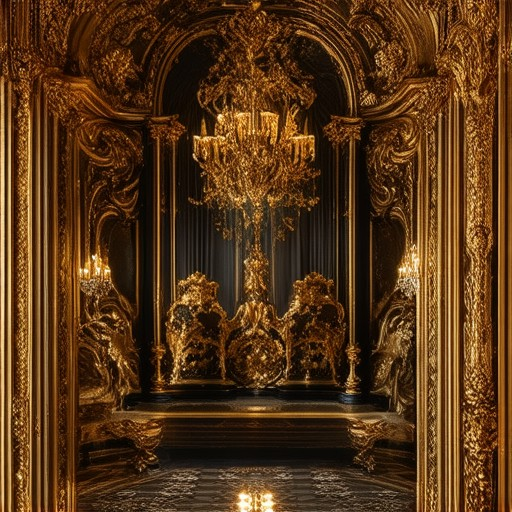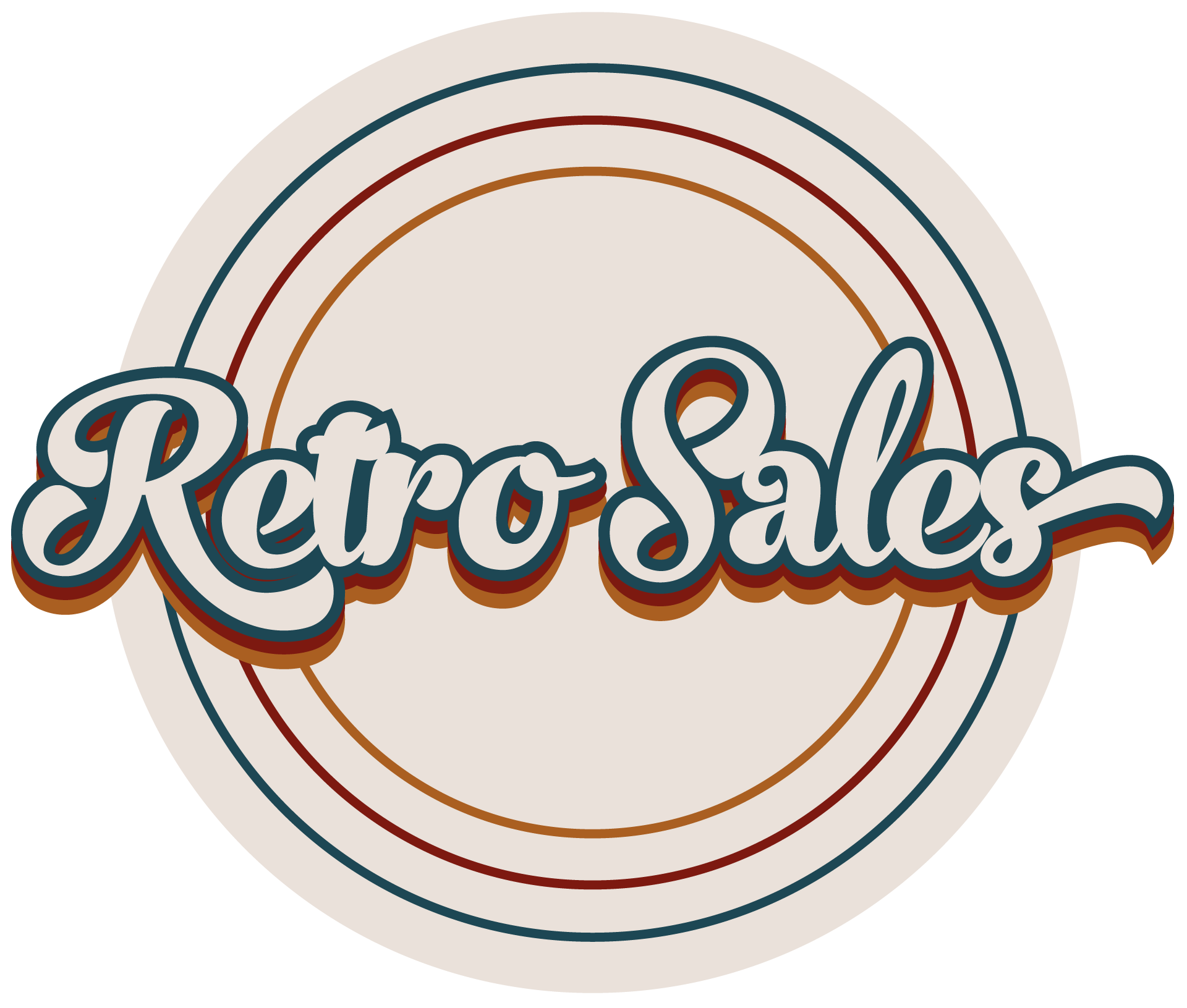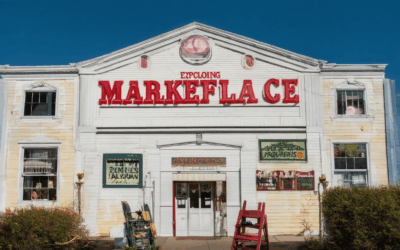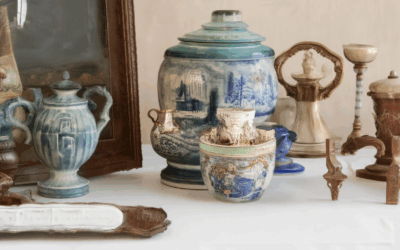Have you ever wondered what makes antique and classic items so desirable? These timeless pieces, often spanning centuries, hold a unique value that extends far beyond their aesthetic charm. Whether it’s a rare artifact from history or a meticulously preserved treasure, antique and classic items are more than just collectibles—they represent a bridge to the past, offering insights into craftsmanship, cultural evolution, and societal changes. Their desirability isn’t just about their historical significance; they also often carry significant financial weight, making them a smart investment for those who appreciate the finer things in life. From vintage home decor to rare collectibles, these items continue to captivate enthusiasts worldwide, blending emotion, history, and practicality into their enduring appeal.

What is Considered Classic and Antique?
Classifying items as “classic” or “antique” involves understanding their historical, cultural, and sentimental value. These terms are often used interchangeably, but they carry distinct meanings depending on context.
- Classic: Typically refers to items that have stood the test of time and are widely recognized for their enduring appeal. In many cases, “classic” can refer to something that is considered in poor condition but retains significant historical or cultural value. For example, a vintage car that is over 20 years old but not yet considered antique might still fall under the “classic” category.
- Antique: Generally refers to items that are at least 45 years old. Antiques are often highly sought after due to their age, rarity, and connection to history. Items classified as antique may show signs of wear and tear but are valued for their historical significance rather than their functionality.
Both terms are often used to describe items that are no longer in active use but hold sentimental or financial value. However, the distinction between “classic” and “antique” can vary depending on the context in which the term is used. For instance, in the world of collectibles, “vintage” items might overlap with both categories, as they are often considered both classic and antique depending on their age and desirability.
At Retro Sales, we specialize in bringing together a diverse range of vintage items and collectibles, including both classic and antique pieces. Our platform offers a unique opportunity to explore and acquire timeless treasures that tell stories of yesteryear. Whether you’re looking for a rare artifact or a nostalgic keepsake, Retro Sales is here to help you discover the charm of the past.
If you’re interested in learning more about classic and antique items, we recommend exploring our curated collection and blog for insights into retro culture, nostalgia, and the revival of classic styles. Don’t forget to check out our competitors like Pinterest and eBay for more options and inspiration!
What is Considered an Antique Item?
An antique item is defined as an object perceived as having aesthetic or historical value, typically dating back at least 100 years. However, the term is often used broadly to describe any old or unique object, regardless of exact age. Antiques are valued for their historical significance, craftsmanship, or rarity, often telling stories from the past.
Categories of Antique Items
- Furniture
- Vintage chairs, tables, and other wooden items from earlier centuries.
-
Jewelry
- Antique necklaces, bracelets, rings, and watches, often featuring intricate designs or gemstones.
-
Art and Collectibles
- Paintings, sculptures, and decorative art pieces by renowned artists or from historical periods.
-
Clocks and Watches
- Timepieces from iconic brands like Rolex or Omega, particularly those from the mid-20th century.
-
Electronics
- Classic devices such as vintage telephones, calculators, or early computers.
Determining an Antique
-
Age
Typically, at least 100 years old, though definitions may vary.
-
Condition
While age is key, condition influences value. Rare items may be less physically intact.
-
Rarity
Items produced in limited quantities or by now-defunct manufacturers are highly sought after.
Where to Find Antiques
- Auction houses like Sotheby’s or Christie’s.
- Flea markets, antique stores, and vintage shops.
- Online platforms such as Etsy, eBay, or specialized auction sites.
Antiques hold cultural and monetary value, appealing to collectors and history enthusiasts alike.

Antique Items: A Comprehensive Overview
Antique items encompass a vast array of historical and cultural artifacts that hold significant value due to their age, craftsmanship, and historical association. These items are highly sought after by collectors, historians, and enthusiasts alike. Below is a detailed overview of some of the most popular types of antique items:
Furniture
Furniture is one of the most common categories of antique items. Pieces range from primitive wooden chairs to ornate Victorian sofas. Popular types include:
- Primitive furniture: Simple, handcrafted pieces from early colonial periods.
- Victorian furniture: Elaborate designs featuring intricate woodwork and decorative elements.
- Mid-century modern: Iconic designs from the mid-20th century, known for their simplicity and functionality.
- Antique rocking chairs: Comfortable and timeless pieces that are highly desirable.
Jewelry
Antique jewelry offers a window into fashion history, showcasing elegant designs from various eras. Key types include:
- Art Deco jewelry: Glittering pieces from the 1920s and 1930s, characterized by geometric patterns and gemstones.
- Victorian jewelry: Delicate necklaces, bracelets, and brooches adorned with pearls and gemstones.
- Edwardian jewelry: Known for its intricate detailing and use of precious metals.
- Cultural jewelry: Items influenced by civilizations like Egyptian, Greek, and Asian cultures.
Electronics
While less common, antique electronics are highly prized by collectors. Notable examples include:
- Early telephones: Landline phones from the late 19th and early 20th centuries.
- Old radios: Radios from the 1920s and 1930s with tube technology.
- Calculators: Early mechanical calculators from the 1800s.
- Photographic equipment: Classic cameras and lenses from the golden age of photography.
Tools and Machinery
Antique tools often reflect the ingenuity of earlier generations. Popular items include:
- Hand tools: Carpenter’s tools, wrenches, and screwdrivers from the industrial revolution.
- Machinery parts: Antique engines, gears, and mechanisms.
- Tool sets: Complete sets of high-quality tools from workshops.
- Industrial equipment: Heavy machinery and equipment from factories.
Art and Decor
Antique art and decor pieces are often works of art in themselves. Key categories include:
- Paintings: Portraits, landscapes, and still lifes by renowned artists.
- Sculptures: Statues, busts, and figurines from various periods.
- Décorative arts: Items like vases, clocks, and lighting fixtures.
- Textiles: Antique quilts, tapestries, and needlework pieces.
Collectibles
Antique collectibles cover a wide range of unique items. Some popular examples are:
- Coin collections: Rare coins from different historical periods.
- Stamps: Vintage stamps from around the world.
- Postcards: Early postcards featuring famous landmarks and events.
- Militaria: Items related to military history, such as uniforms and insignias.
Tips for Buying Antiques
When purchasing antique items, consider the following guidelines to ensure a wise investment:
- Inspect condition thoroughly: Look for wear, damage, or signs of restoration.
- Research value: Appraise the item’s authenticity and market worth.
- Buy from reputable dealers: Consider auction houses, specialty shops, and online platforms.
- Understand preservation needs: Know how to properly care for and store your antiques.
Antique items are not just objects from the past—they are windows into history, culture, and craftsmanship. Whether you’re a seasoned collector or a casual enthusiast, exploring the world of antiques can be a rewarding experience filled with discovery and appreciation for the artistry of earlier times.
Shop Retro Sales for a curated selection of vintage and antique items.

What is in Between Vintage and Antique?
Vintage and antique are two distinct terms used to describe items based on their age and cultural significance, but they also share common ground with the concept of “retro.”
- Vintage: Typically refers to items from a specific era, often within the last 20-30 years, that reflect the style and spirit of that time. Vintage items can be reproductions or modern interpretations of older designs.
- Antique: Generally refers to items that are 100 years or older. Antiques are often handmade, rare, and have historical or artistic value, making them less commonly replicated.
- Retro: A term that bridges the gap between vintage and antique. Retro items are modern reproductions or revivals of designs from earlier eras, often blending the aesthetics of vintage and antique styles.
Thus, “retro” serves as a middle ground between vintage and antique, representing a blend of historical inspiration and contemporary appeal.
Is 50 Years Old Antique or Vintage?
A 50-year-old item is neither classified as an antique nor a vintage piece according to traditional definitions.
Understanding Antique and Vintage
- Antique: Generally refers to items over 100 years old, often with significant historical or cultural value.
- Vintage: Typically applies to items from the late 19th to mid-20th century, known for their design and craftsmanship.
A 50-year-old object falls short of both categories but may still hold sentimental or collectible value depending on its condition, rarity, and cultural significance.
For example, a well-preserved item from the 1970s could be considered vintage due to its association with a particular era’s style and craftsmanship.
However, modern items from the last few decades are usually not classified as either antique or vintage.
At Retro Sales, we specialize in bringing back timeless pieces from various eras, helping you discover the charm of yesteryear while exploring our curated collection of vintage finds and retro treasures.
Explore Our Collection

Is 70s Vintage or Retro?
The term “70s vintage” refers to items produced during the 1970s, falling under the broader category of vintage goods. Vintage items are generally considered to be between 20 to 99 years old, making the 70s vintage pieces highly sought after due to their historical significance and unique aesthetic.
Retro, on the other hand, describes items that reflect the styles and designs of earlier eras, often reviving past fashions or architectural styles. While retro can encompass a wide range of decades, including the 70s, it focuses more on the revival of classic designs rather than the exact age of the item itself.
For example, a 1970s-era lamp with a midcentury modern design would typically be referred to as vintage, while a reproduction of a 1950s dress with authentic patterns and fabrics might be labeled as retro.
Both terms carry a sense of nostalgia and appreciation for timeless styles, but they emphasize different aspects of history and design. Whether you prefer the term “vintage” or “retro” depends on the specific context and the item’s connection to its era.
Explore our curated collection of vintage and retro items to discover unique finds and learn more about the charm of yesteryear.




0 Comments